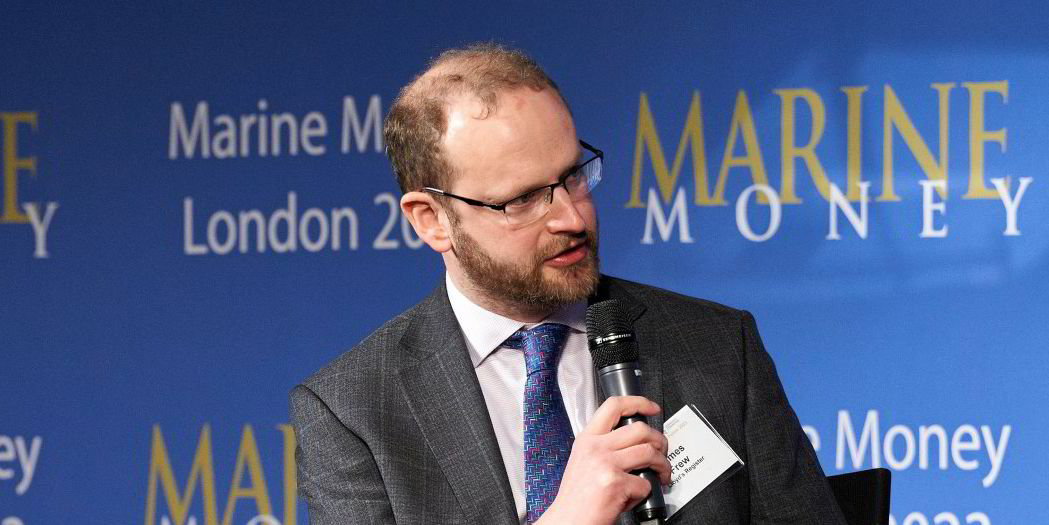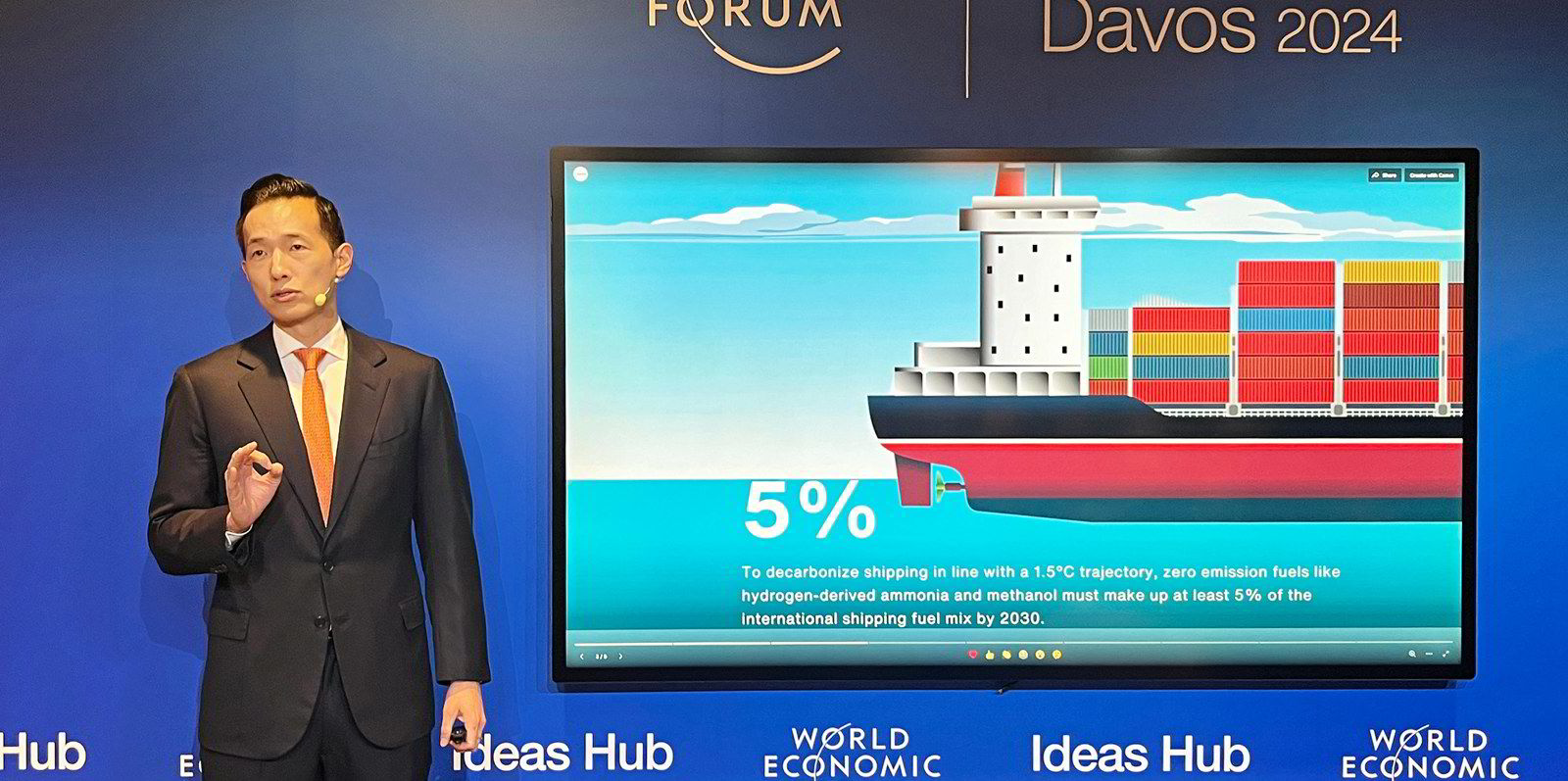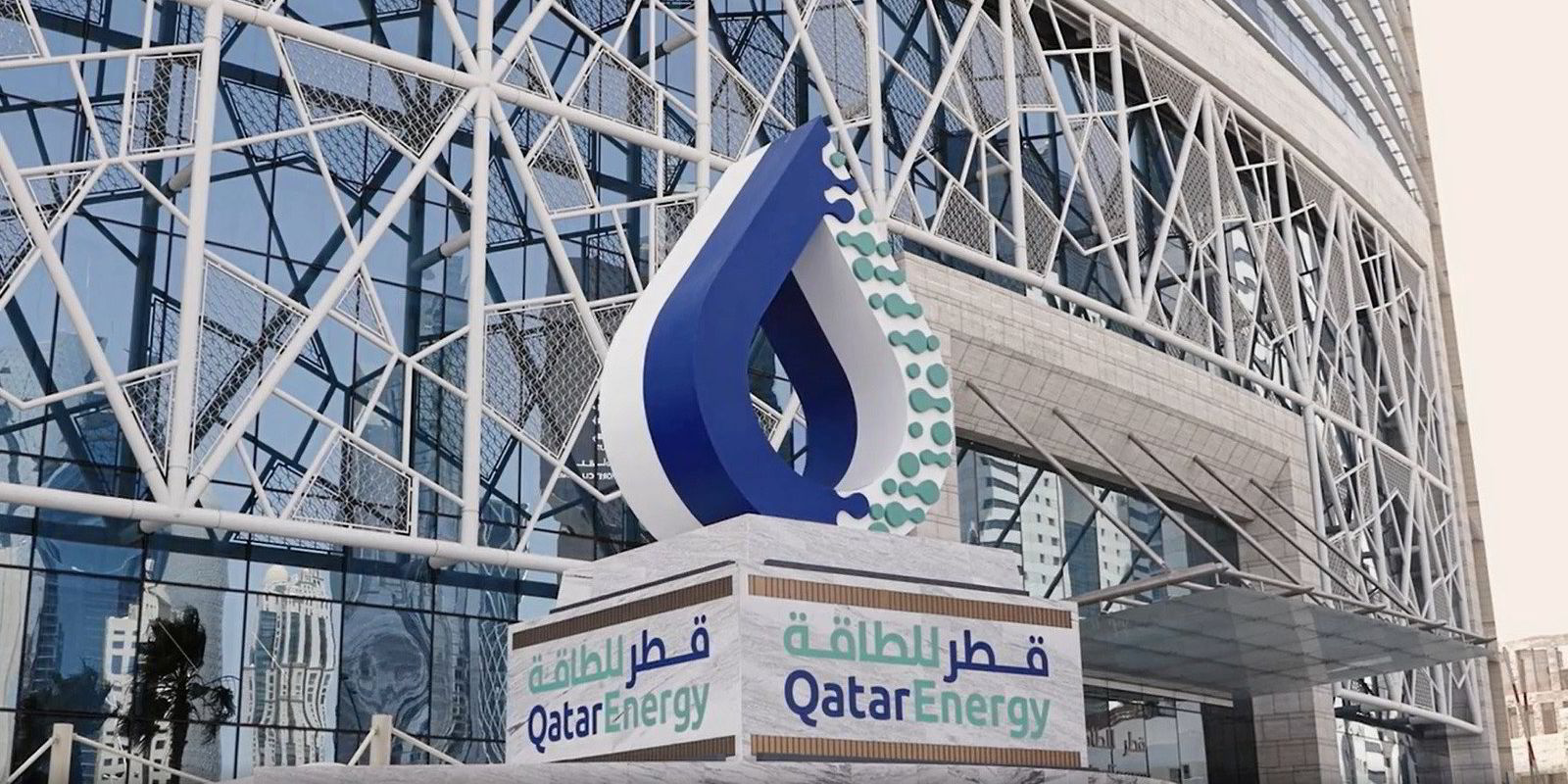Today’s wave of LNG carrier newbuildings will be the last to be built that do not have the ability to carry ammonia, according to Lloyd’s Register business consultancy director James Frew.
Speaking at the Marine Money event in London on Thursday, Frew said the overall volumes of gas moved around in vessels — under two of LR’s four scenarios for how the energy transition might play out — would not differ much from the figures today.
But, what will change is the composition of those gases, he said.
Under LR’s early transition scenario, Frew said they would comprise “significant volumes” of ammonia driven by the shift to the hydrogen economy, particularly for countries with limited access to renewable resources.
In contrast under LR’s technology-driven scenario, Frew said the role of carbon capture would allow more scope to burn fossil fuels, so the volumes of LNG being carried will be higher.
“The current wave of LNG carriers, we believe, may be some of the last ordered that don’t have dual containment systems for both LNG and ammonia,” he said.
“We see that evolution of ship design is going to have to take into account the energy transition as well.”
Frew said this is particularly so for LNG carriers, which are capital-intensive to build. A certain level of redundancy and optionality will need to be built in, he said.
Speaking to TradeWinds, he explained that the current LNG newbuildings being contracted now — including QatarEnergy’s huge 100-plus ship project — should be fine.
But vessels that deliver from 2030 onwards — “the next generation vessels” — will need to think about different tanks and cargo containment systems to enable them to carry ammonia.
Frew said many ships between five and nine years old today will face "significant challenges" in terms of regulatory compliance.
Frew said one of the challenges shipping faces is the fragmented nature of the regulatory landscape.
He stressed the need for companies to look at how to keep vessels trading through their lifetime.
He gave the example of a 10-year-old VLCC for which an owner or operator would need to look at speed optimisations first before moving on to consider retrofitting energy-efficient technologies at the ship’s next dry-docking, which would keep the vessel compliant through to 2027.
For the past six to seven years of its life it will need to burn biofuels, he said.
Frew also stressed the importance of accessing “real data” for any energy efficiency technologies that companies are considering installing and how these perform. “Some are on the optimistic side,” he said.
Positive note
The LR director said newbuildings are in “a really interesting situation”.
He spoke about a project that had looked at an MR tanker delivering in 2027. Even building the best vessel possible, LR’s analysis showed it would be non-compliant under the Carbon Intensity Indicator by 2030.
On a more positive note, Frew praised the incoming FuelEU Maritime legislation and said it offers opportunities for owners and charterers, particularly on the pooling vessels.
He said burning e-fuels on one vessel, while this would add higher fuel costs, would save on the penalties that would be offset on the wider fleet of vessels.





